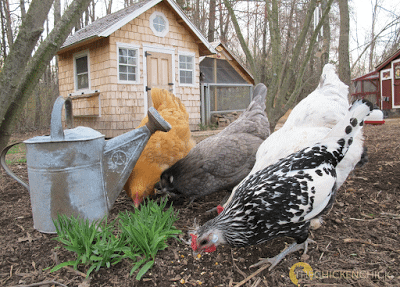
Choosing a good quality chicken grain feed can make all the difference when it comes to the health of your animals. This is because a high quality feed is not only packed full of protein and other important nutrients, but it is also made of ingredients such as oats, millet, rye, and corn gluten meal, which are rich in vitamins and minerals.
Contents
Oats
Several studies have investigated the feeding value of hulless oats. These studies were designed to evaluate the effect of oats on the growth performance, lipid and methionine contents, and sensory quality of laying hens.
The hulless oats were fed to laying hens for 8 months and evaluated by a trained sensory panel. The hulless oats had the same feeding value as corn. The experimental diets were formulated to achieve equal levels of metabolizable energy, protein, and lipid.
The results of the study showed that the inclusion of hulless oats in the layer diets had no adverse effect on egg weight or egg yolk size. These findings indicate that the oats’ inclusion could improve the storage properties of eggs. Incorporating hulless oats in a layer diet could provide a commercial advantage.
Millet
Almost all of North America is familiar with millet as a bird food. However, the question about millet as chicken grain feed still lingers.
Millets are small-seeded grasses that grow in Asia, Africa, and South America. They are rich sources of plant-based nutrients and high in calcium, protein, and iron. They are also highly pest-resistant.
In addition to contributing to animal diets, millets are believed to have health benefits for humans. They contain anti-inflammatory and antioxidant properties. They are also known to repair damaged DNA and enhance immunity. They also help to reduce harmful cholesterol.
There are over 500 different varieties of millet. The most commonly used is pearl millet.
Rye
Increasing efforts are being made to reduce the antinutritional factors found in cereal varieties. Rye is a grain that has been studied as an alternative feed ingredient for poultry. It is considered to be a more economical alternative to higher protein grains. However, it has been found to inhibit chickens’ ability to digest certain nutrients. Consequently, it is important to develop strategies to improve feed efficiency and environmental sustainability.
One study investigated the effect of dietary rye inclusion on broiler performance and small intestine morphology. The experiment was carried out on 224 one-day-old male Ross 308 broiler chicks. There were four experimental treatments. The experimental treatments included 0%, 20%, and 30% rye inclusion, as well as xylanase supplementation.
Corn gluten meal
Historically, corn gluten meal has been used as an animal feed ingredient. It is a high protein feed that is easily digested by livestock. It is also a source of vitamins and pigments.
In addition to its nutritional value, it also helps in the growth of livestock. It provides a good source of methionine, an essential amino acid for poultry. Moreover, it is an excellent source of energy. It is also a high source of xanthophyll, which is an important pigment for chickens. It can help increase the color of egg yolks.
During the processing of corn, the starch and bran are removed. The resulting starch is then centrifuged to obtain corn gluten meal.
Calcium
Getting a good calcium source in the chicken grain feed is important. It can help build strong bones and improve reproduction, which can lead to healthier birds. It can also be used as an organic dewormer for poultry.
There are three sources of calcium available to poultry farmers: oyster shell, limestone, and diatomaceous earth. These are inexpensive, easy to digest, and provide the right amount of calcium for poultry.
Compared to limestone, oyster shell is cheaper and more readily absorbed by chickens. The amount of calcium in oyster shell is about 38 percent. Using oyster shell instead of limestone will increase eggshell size and prevent mineral deficiencies in birds.
Vitamins and minerals
Adding vitamins and minerals to your chicken grain feed is a good way to give your flock a boost. Whether you’re looking to improve your flock’s health or your eggs’ omega-3 content, these supplements can help.
For starters, vitamin A is one of the most important nutrients for chickens. It’s necessary for growth and reproduction, and for eggshell integrity. It can be produced by exposure to sunlight.
B vitamins include thiamin, riboflavin, and pantothenic acid. They are involved in energy metabolism, as well as helping your chickens to absorb other vitamins. It’s important to keep in mind that some vitamins interact negatively with minerals, so you want to make sure you choose a product that contains the right amount.



